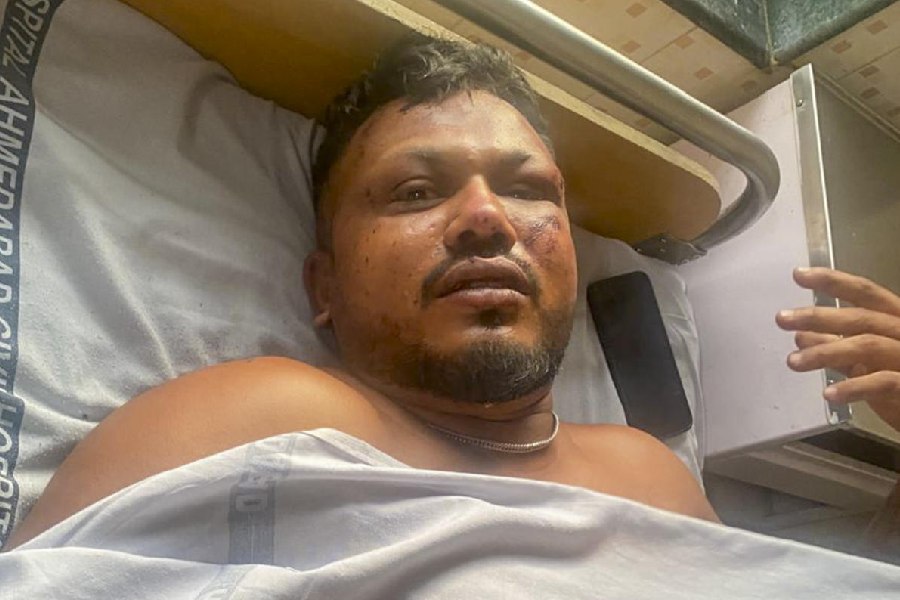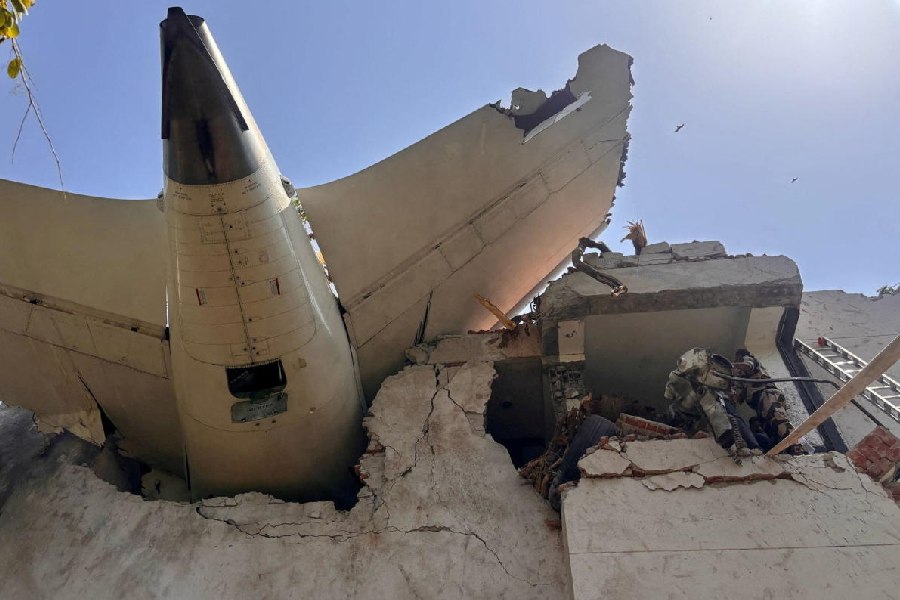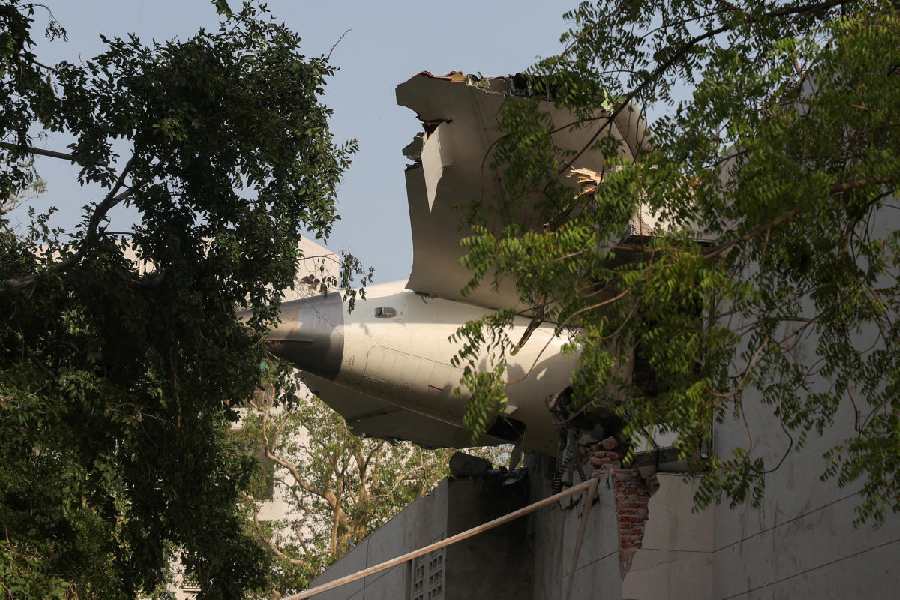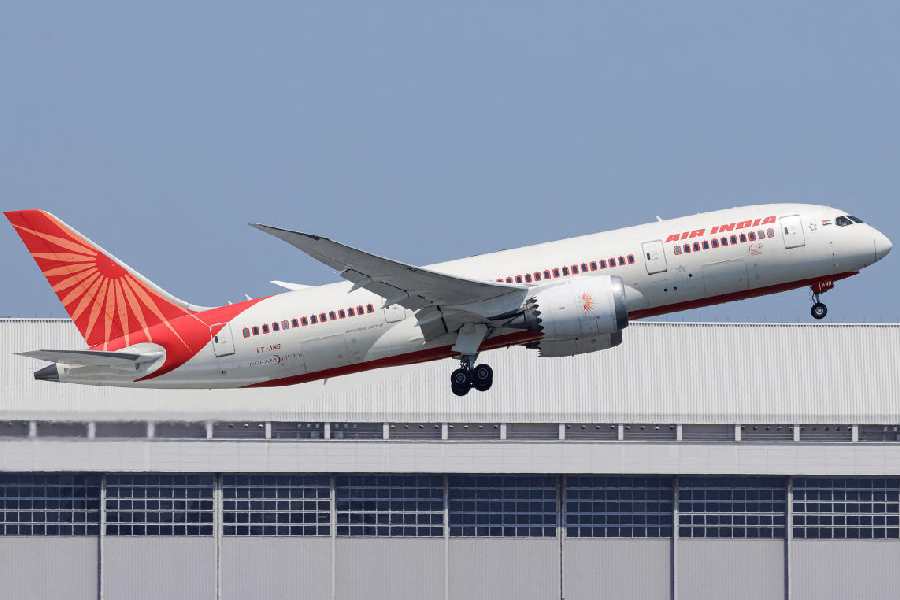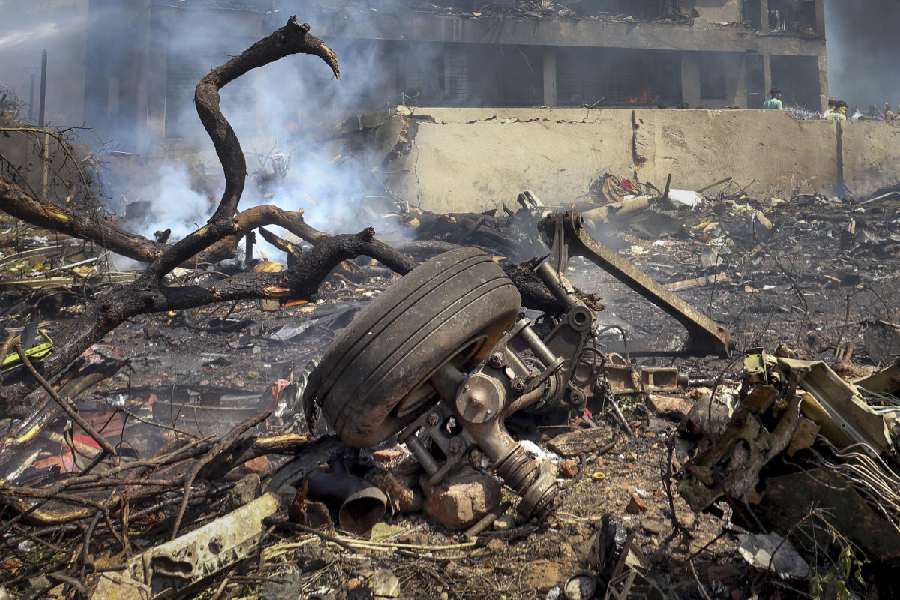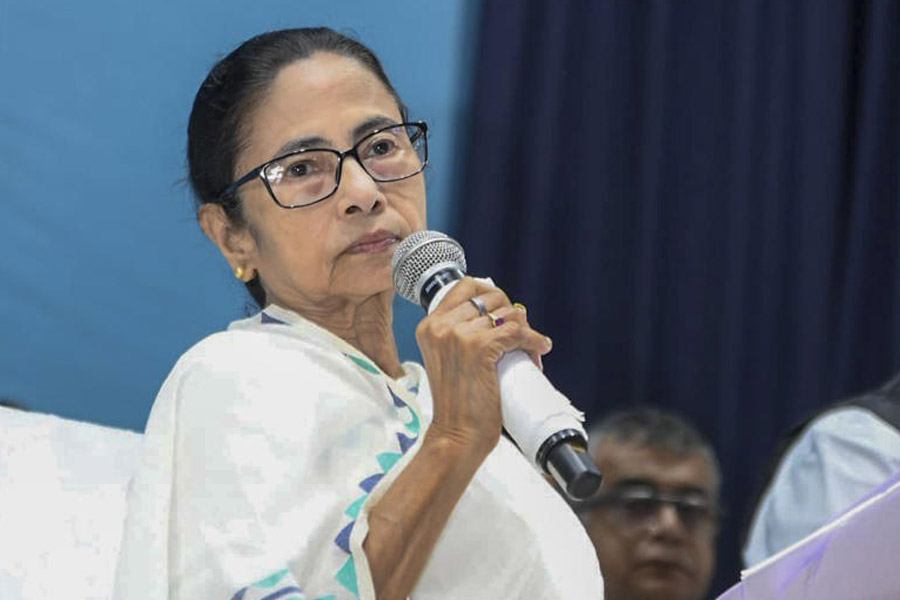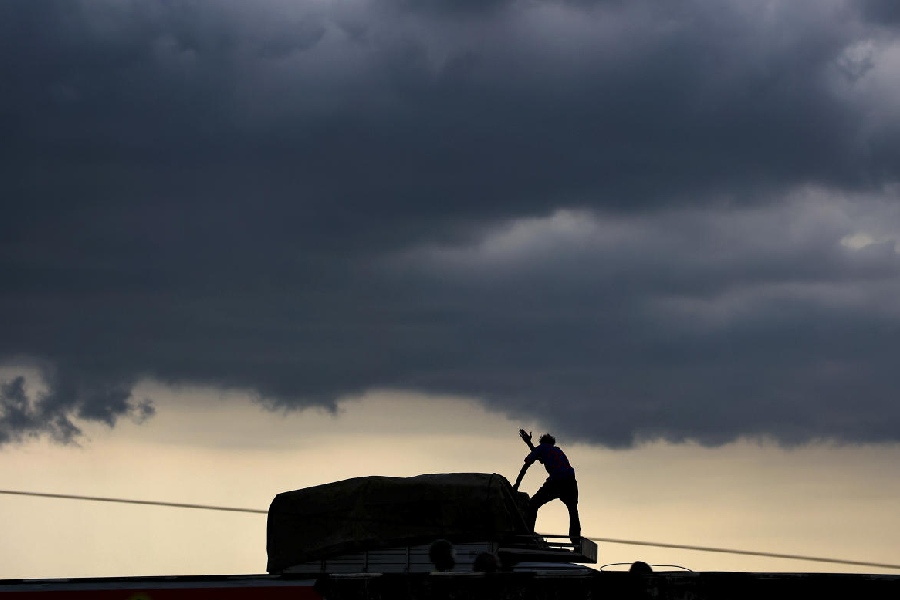
New Delhi on Thursday. (PTI)
New Delhi, July 2: The subsidy bill on domestic cooking gas has come down about 25 per cent as most of the "ghost beneficiaries" have been eliminated, chief economic adviser Arvind Subramanian today said.
"What we find is that on an average, the DBT (direct benefit transfer) scheme has reduced subsidised LPG sales by about 25 per cent. We estimate that in 2014-15, savings could be as much Rs 12,700 crore. But savings will be lower this year at around Rs 6,500 crore," Subramanian said.
Officials said the process of linking LPG connections with bank accounts under DBT had eliminated at least 40 million of the 180 million connections.
Consumers are entitled to 12 cooking gas cylinders of 14.2 kg each at subsidised rates in a year. For a higher requirement, cylinders have to be bought at market price.
A subsidised 14.2-kg cylinder in Calcutta is currently available for Rs 419. At current crude oil prices along with a subsidy of Rs 204 on each cylinder, the government could save around Rs 6,500 crore annually under the DBT scheme.
The government had last year estimated to save Rs 10,000 crore in subsidy. With the 50 per cent slump in global crude oil prices between June 2014 and January 2015, the subsidy per cylinder has come down to Rs 204 from Rs 450.
The government's overall petroleum subsidy burden also came down to Rs 60,200 crore in 2014-15 from Rs 85,000 crore in 2013-14. In the current financial year, the finance ministry has budgeted for a petroleum subsidy bill of Rs 30,000 crore, including Rs 22,000 crore for LPG and Rs 8,000 crore for subsidised kerosene.
In November last year, the NDA government started a modified DBT scheme for LPG - delinking it from Aadhar - in 54 districts. Later, the scheme was rolled out across 676 districts. Since then the enrolments has risen gradually covering 85 per cent of the total LPG consumers.
Subramanian cautioned that the government should make sure genuine beneficiaries were not excluded. "We have some preliminary evidence to suggest that a lot of it is elimination of ghost beneficiaries, but we can't rule out that there could be exclusion of genuine beneficiaries."
Under Pahal ( Pratyaksh Hanstantrit Labh), earlier known as DBT, consumers buy the cylinders at market rates and get the subsidy directly in their bank accounts. This is done either through an Aadhaar or a bank account link. The scheme looks to cut diversion and eliminate duplicate connections.


